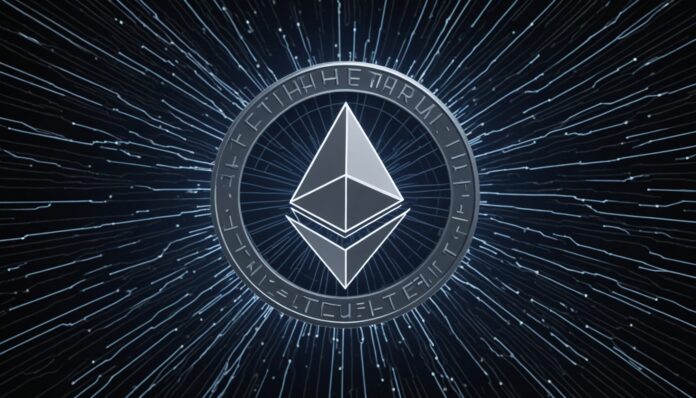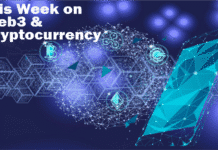Ethereum 2.0 and Major Upgrades
Ethereum is on the cusp of a transformative upgrade with Ethereum 2.0, which aims to address key challenges like scalability, security, and environmental impact. This upgrade is crucial as Ethereum continues to be the backbone for many decentralized applications (DApps), decentralized finance (DeFi) platforms, and other blockchain-based innovations.
- Proof of Stake (PoS) Transition:
- Ethereum is transitioning from Proof of Work (PoW) to Proof of Stake (PoS), a consensus mechanism that is more energy-efficient and scalable. Validators in PoS are chosen based on the amount of ETH they stake, significantly reducing the energy consumption associated with mining.
- This shift is expected to make Ethereum more sustainable and attractive to institutional investors concerned about environmental impact .
- Sharding:
- Sharding is a method of splitting the Ethereum blockchain into smaller, more manageable pieces known as shards. Each shard can process transactions and smart contracts independently, increasing the network’s overall capacity and reducing congestion.
- Sharding, combined with Layer 2 solutions, will enhance Ethereum’s scalability, enabling it to handle thousands of transactions per second .
- EIP-1559 and Economic Changes:
- The EIP-1559 upgrade introduced a new transaction fee structure where a portion of the fees (the base fee) is burned, reducing the overall supply of ETH. This has the potential to make ETH deflationary, which could increase its value over time.
- This change is designed to make transaction fees more predictable and fair for users, further improving the user experience on the Ethereum network .
RELATED ARTICLE: Crypto Mining: What It Is and How It Works
Future Applications of Ethereum
- Decentralized Finance (DeFi):
- Ethereum continues to be the leading platform for DeFi, a movement that aims to recreate traditional financial systems in a decentralized manner. DeFi platforms offer services like lending, borrowing, and trading without intermediaries, creating more inclusive financial opportunities.
- Projects like Uniswap, Aave, and MakerDAO are revolutionizing the financial industry by providing users with more control over their assets .
- Non-Fungible Tokens (NFTs):
- Ethereum is the primary blockchain for NFTs, unique digital assets representing ownership of items like art, music, and collectibles. The NFT market has seen explosive growth, with Ethereum-based platforms like OpenSea and Rarible leading the charge.
- NFTs are expanding into new areas, including gaming, virtual real estate, and digital identity, further solidifying Ethereum’s role as a platform for innovation .
- Enterprise Solutions:
- Ethereum is increasingly being adopted by enterprises for applications such as supply chain management, digital identity, and secure data sharing. Companies like Microsoft and JPMorgan are exploring Ethereum-based solutions to enhance transparency and efficiency in their operations.
- Enterprise Ethereum, through initiatives like the Enterprise Ethereum Alliance (EEA), is focusing on creating standards and tools to support large-scale business adoption .
- Smart Contracts and DApps:
- Ethereum’s smart contracts enable automated, trustless agreements that execute when predefined conditions are met. These contracts are the foundation of many decentralized applications (DApps) used in various industries, from finance to social media.
- The ecosystem of DApps on Ethereum is vast, with applications in gaming (e.g., Axie Infinity), social media, and beyond, driving significant interest and investment in the platform .
- Layer 2 Solutions:
- To further improve scalability, Ethereum is adopting Layer 2 solutions like rollups and sidechains, which handle transactions off the main Ethereum chain. These solutions reduce congestion and lower transaction costs while maintaining the security of the main chain.
- Projects like Polygon (formerly Matic) and Optimism are at the forefront of Layer 2 development, providing faster and cheaper transactions for Ethereum users .




















